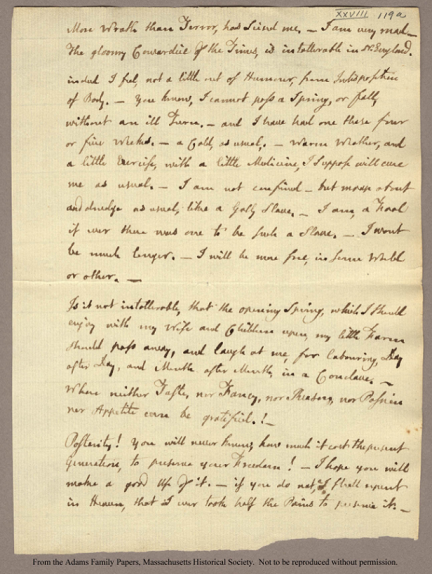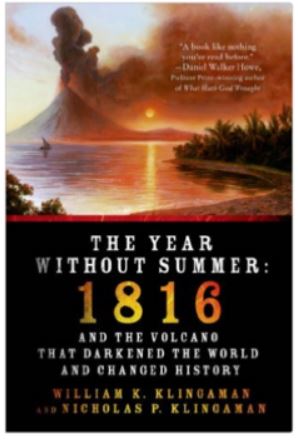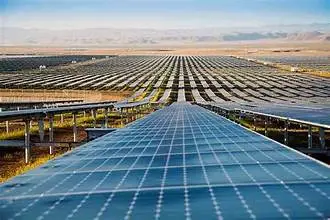It is incredibly important to understand that as the weather turns bitterly cold in the north, people will begin to migrate south. This not merely caused the ancient Greeks to become the Sea Peoples, but also during the Year without a Summer in 1816 it shifted the population in America. In the United States when in 1816 six inches of snow fell in June and every month of the year had a hard frost, people began to migrate. The temperatures had dropped to as low as 40 degrees in July and August in New York City during 1816. People also called it ‘Eighteen Hundred and Froze to Death’ and the ‘Poverty Year.’ This is what I keep pointing out that cold is what kills society and creates poverty – not warming.
The Year without a Summer sent people fleeing from New England states in search of warmer weather and fertile soils both south and west. It was the weather that began to cause migration in the United States outside of the 13 original states. Thousands of New England families gave up their farms, packed their belongings into wagons and joined the throngs traipsing over rivers and mountains to Pennsylvania and the Ohio River Valley, which includes Ohio, West Virginia, Indiana, Illinois, and Kentucky.
 Indeed, between 1810 and 1820, Maine lost as many as 15,000 people. Sixty Vermont towns lost population during that decade as well. The population of 60 other towns in Vermont stayed the same while the U.S. population grew 32%. When we examine Massachusetts, we can see that this state gained only 50,000 people from 1810-20, while Ohio gained five times as many. The Massachusetts Legislature tried to hold on to its citizens by passing a homestead act that gave settlers 100 acres of land for $5.
Indeed, between 1810 and 1820, Maine lost as many as 15,000 people. Sixty Vermont towns lost population during that decade as well. The population of 60 other towns in Vermont stayed the same while the U.S. population grew 32%. When we examine Massachusetts, we can see that this state gained only 50,000 people from 1810-20, while Ohio gained five times as many. The Massachusetts Legislature tried to hold on to its citizens by passing a homestead act that gave settlers 100 acres of land for $5.
Even during the American Revolution, when John Adams set out to travel to Philadelphia, it was bitterly cold and there was a foot or more of snow that covered the landscape which had blanketed Massachusetts from one end of the province to the other. Beneath the snow, after weeks of severe cold, the ground was frozen solid to a depth of two feet. Packed ice in the road made the journey very hazardous. In a letter to his wife, John Adams wrote:
“Indeed I feel not a little out of Humour, from Indisposition of Body. You know, I cannot pass a Spring, or fall, without an ill Turn — and I have had one these four or five Weeks — a Cold, as usual. Warm Weather, and a little Exercise, with a little Medicine, I suppose will cure me as usual. … Posterity! You will never know, how much it cost the present Generation, to preserve your Freedom! I hope you will make a good Use of it. If you do not, I shall repent in Heaven, that I ever took half the Pains to preserve it.”
On September 8th, 1816, Jefferson described the weather during the Year without a Summer in a letter to Albert Gallitan:
We have had the most extraordinary year of drought and cold ever known in the history of America. In June, instead of 3¾ inches, our average of rain for that month, we had only 1/3 of an inch; in August, instead of 9 1/6 inches our average, we had only 8/10 of an inch; and it still continues. The summer too has been as cold as a moderate winter. In every state North of this there has been frost in every month of the year; in this state we had none in June and July but those of August killed much corn over the mountains. The crop of corn through the Atlantic states will probably be less than 1/3 of an ordinary one, that of tobacco still less, and of mean quality.
It is Global Cooling – not Global Warming, that we should fear the most. While 1816 was the year we had a major volanic eruption, it also came during the Little Ice Age with Solar Minimum.










